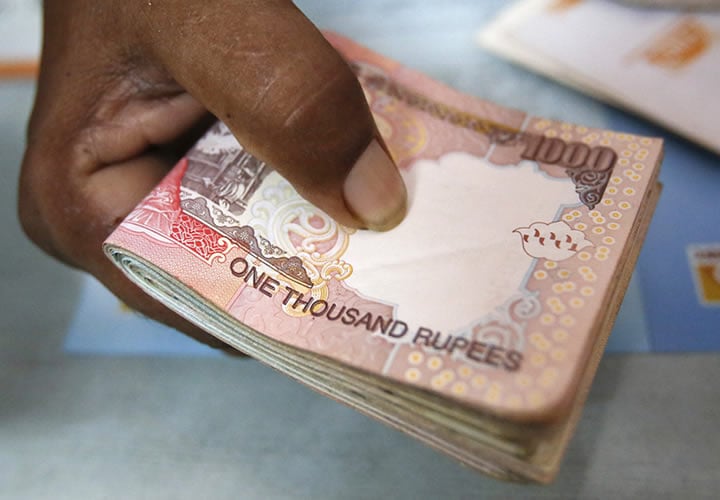Indian Rupee Forecast to Remain Resilient

Foreign exchange strategists at Barclays have updated clients with their latest forecasts for the Indian Rupee.
According to their analysis, the Rupee is expected to weaken marginally versus both the Dollar and the Euro over the next 20 months.
USD/INR is forecast to end 2018 at 67.80 from its current level of 65.44; EUR/INR is predicted to finish 2018 at 71.19 from the current level of 70.62.
Despite being forecast to depreciate, the bank characterises the currency as possessing above average resilience.
“We consider INR to be one of the most resilient EM currencies. The prospect of less open trade policies in the US do not bode well for developing economies, which, together with continued Fed policy normalization, could support the USD. But India’s relatively lower dependence on external trade, commitment to reforms, improved policy and macro fundamentals should shield the economy,” says report author Marvin Barth.
The prospect of Donald Trump’s government placing higher tariffs on imports to the US has weighed on some emerging market currencies, typically those with the highest export surplus with the US, however, the Rupee is not one of them.
The expectation the interest rates will continue rising in the US also does not bode well for many emerging market corporations which have US originated debt as it will put up their repayments and erode their margins, however, India’s businesses are relatively unexposed.
The strong government led by Prime Minister Narendra Modi in India and its commitment to modernising the economy should help attract more foreign investment, which will support the Rupee.
“The recent landslide victory of the BJP (ruling party) in the key state of Uttar Pradesh (UP) has provided another boost for Indian assets and INR, as the win is likely to energise its drive to implement key reforms, enhancing India’s long-term growth potential,” commented Barth.
One offsetting risk to the stronger Rupee outlook noted by Lloyds in a recent note, is that if the current rally extends, it may harm Indian exporters and the Reserve
Bank of India (RBI) could decide to temper exuberance for the currency by cutting interest rates.
This will dampen investor demand from yield-seekers and carry traders who borrow money in low-interest rate currency and park it in a higher interest rate currency, pocketing the difference.
“Nevertheless, a stronger INR only increases the likelihood that the RBI will cut interest rates by the summer. In turn, this is likely to put upward pressure on USD/INR as the year progresses,” said Lloyds researcher Jeavon Lolay.
Nevertheless, Lolay notes that the central bank’s avowed commitment to tackling high inflation lowers the probability that it will take action.
The other main risk highlighted by both Barclays and Lloyds are rising crude oil prices which would weigh on the Rupee due to India’s dependence on imported oil, however, given the recent data showing a substantial inventory overhang in the US, and problems with OPEC compliance, this has diminished considerably as a risk, at least for now.

